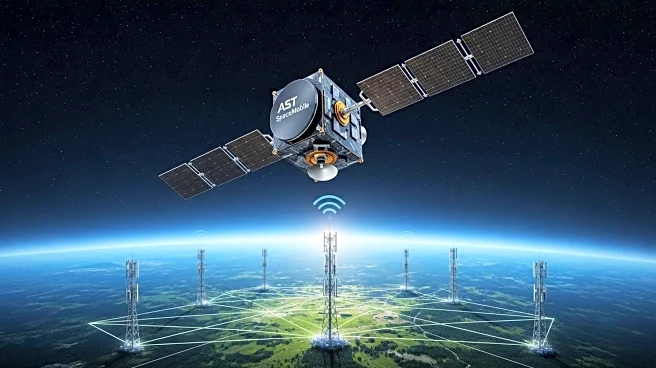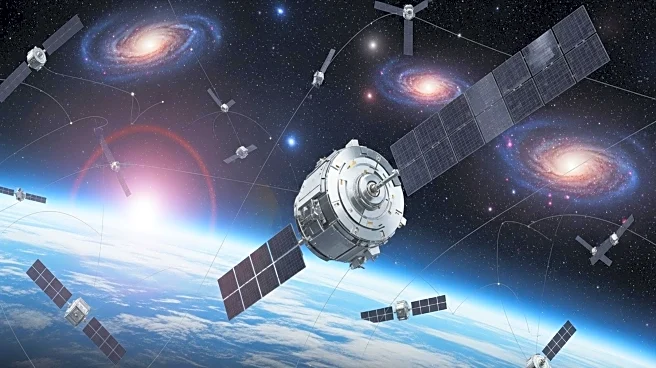What is the story about?
What's Happening?
AST SpaceMobile has entered into a significant partnership with Verizon to integrate its satellite network with Verizon's terrestrial infrastructure. This collaboration aims to extend cellular coverage in remote areas using Verizon's 850 MHz spectrum. The deal builds on a previous $100 million commitment from Verizon to support AST's service rollout. AST has successfully launched its first five BlueBird satellites, providing intermittent coverage across the U.S., and plans to deploy up to 60 satellites by 2026.
Why It's Important?
The partnership between AST SpaceMobile and Verizon highlights the growing interest in satellite-to-cellular technology, which promises to enhance connectivity in underserved regions. This development is part of a broader trend where companies like SpaceX and T-Mobile are also exploring direct-to-cell services. The expansion of satellite-based cellular networks could revolutionize telecommunications, offering reliable coverage in areas where traditional infrastructure is lacking.
What's Next?
AST SpaceMobile is focused on scaling its satellite constellation to provide consistent coverage and support millions of users. The company is competing with SpaceX's Starlink and other players in the satellite-to-cell market. As AST continues to deploy more satellites, it will need to address technical challenges and ensure seamless integration with existing cellular networks.
Beyond the Headlines
The evolution of satellite-to-cell technology raises questions about the future of telecommunications and the potential impact on traditional cellular providers. As satellite networks become more prevalent, there may be shifts in market dynamics and regulatory considerations. The technology also offers opportunities for bridging the digital divide and improving access to information globally.
AI Generated Content
Do you find this article useful?














